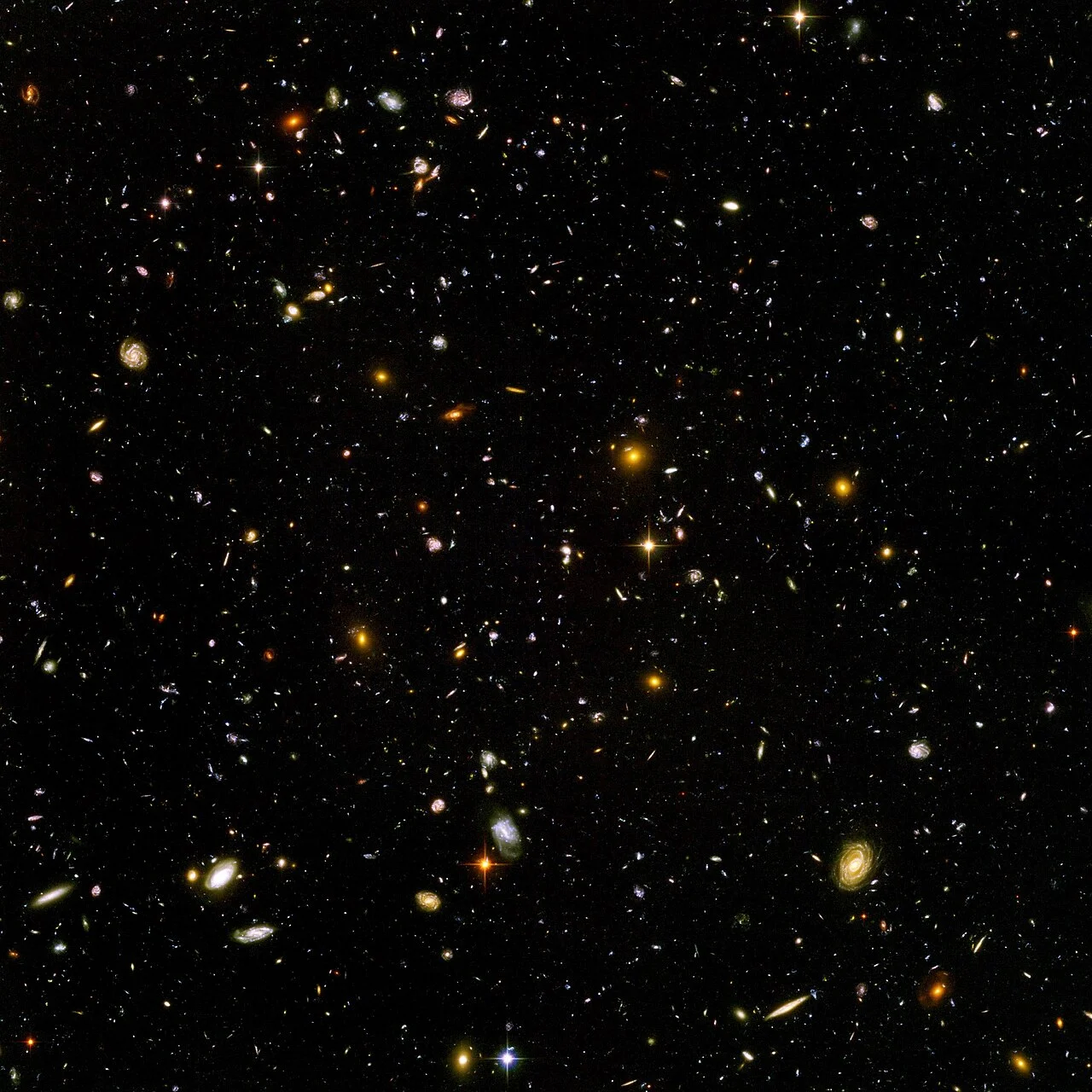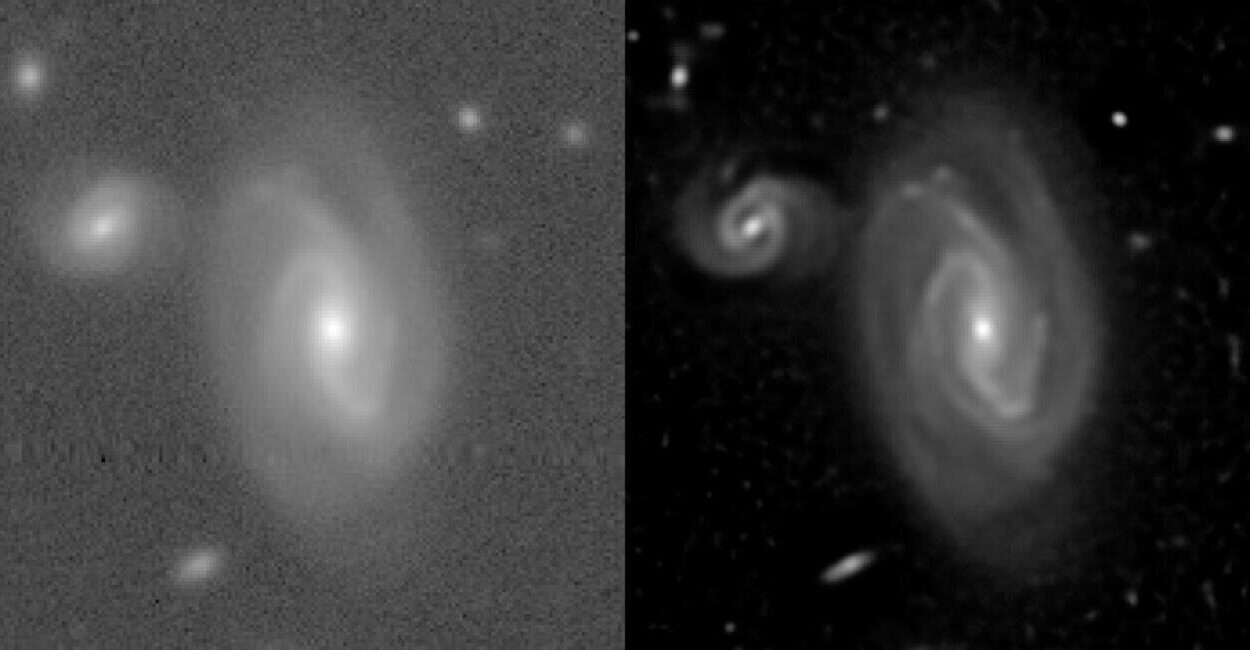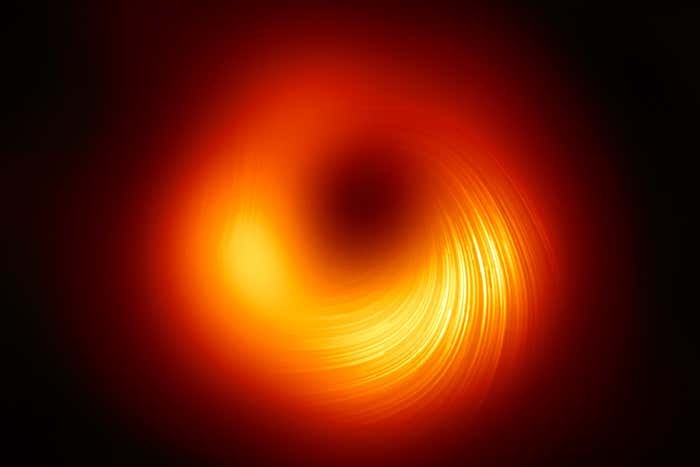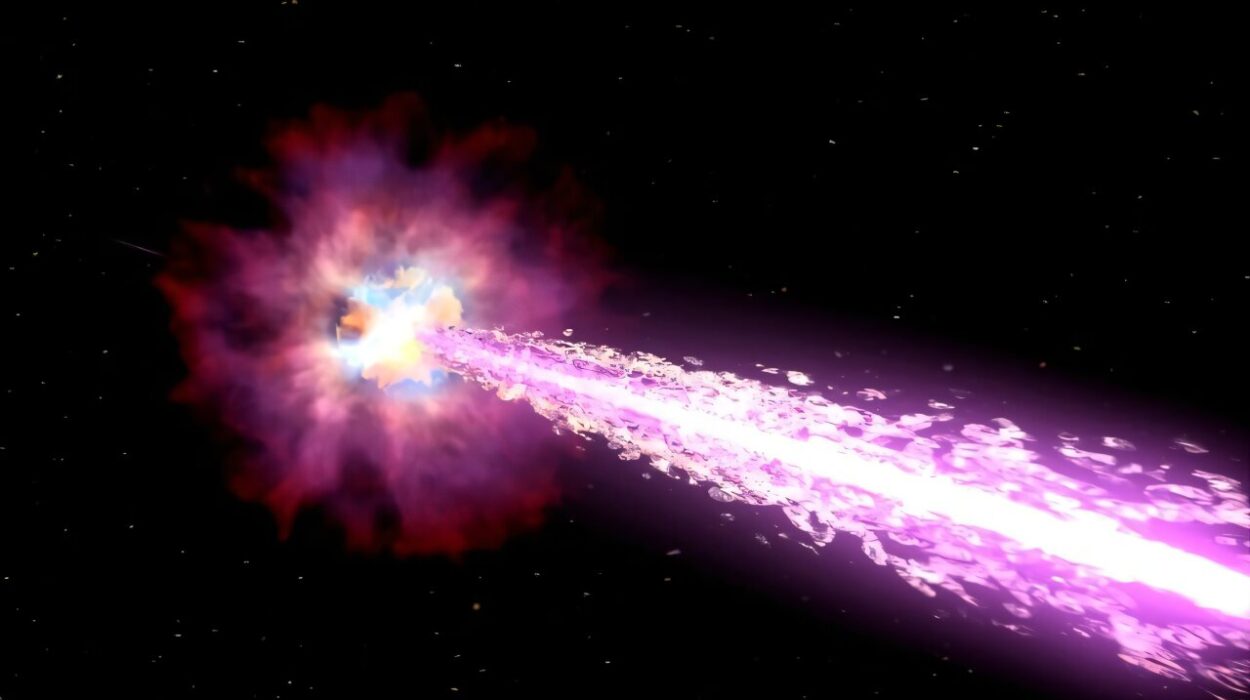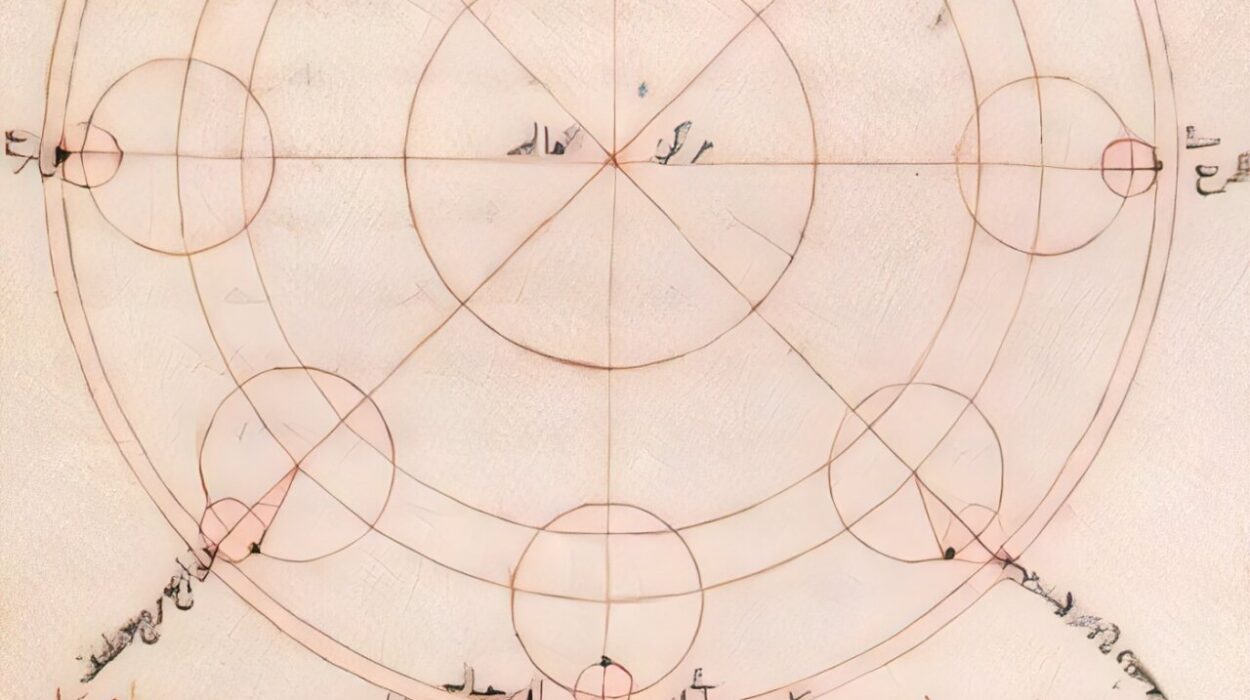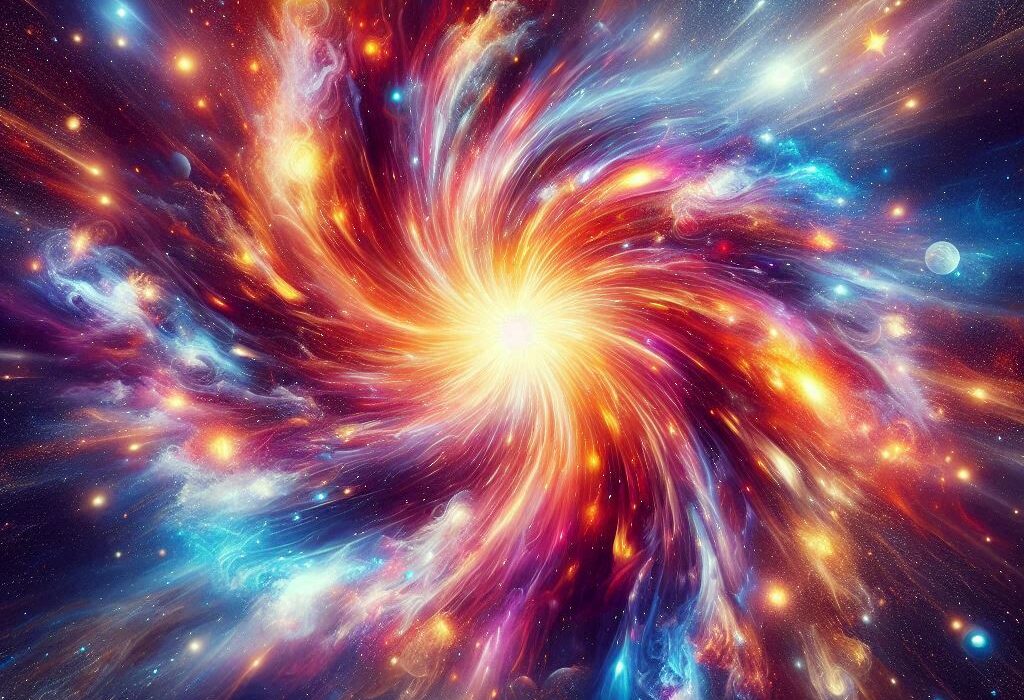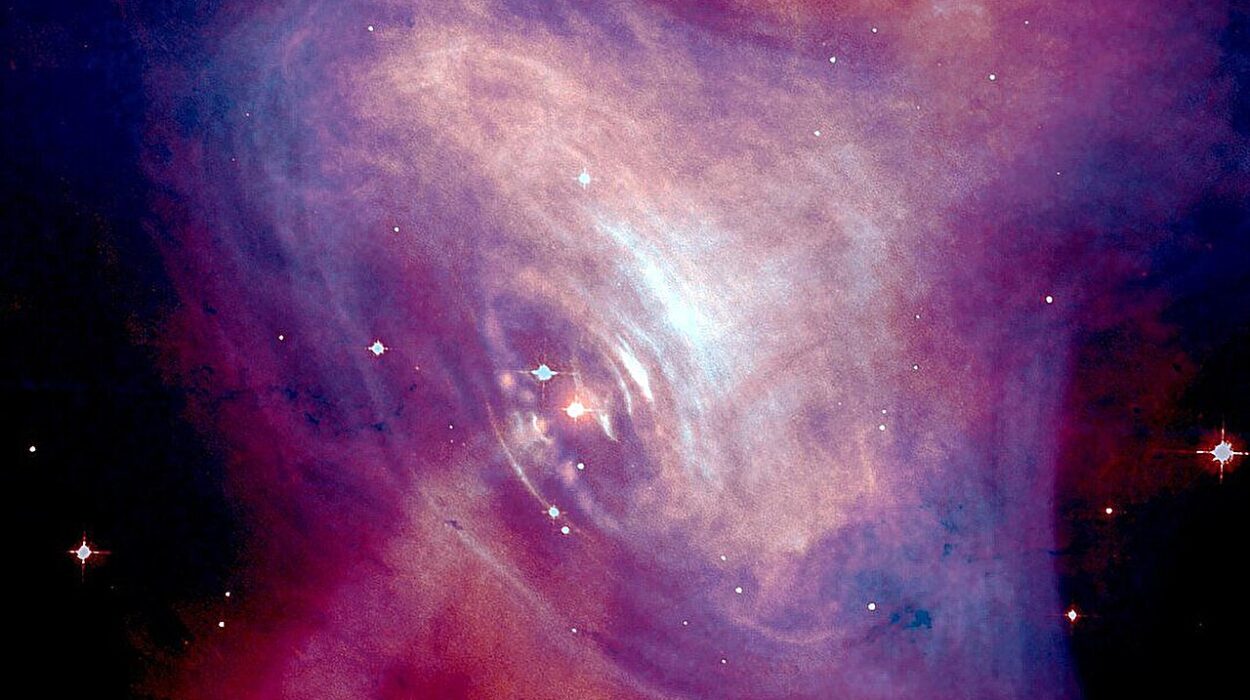On a clear night, far from the cities and light pollution, you can see the stars—thousands of them scattered like diamonds across a velvet sky. You might catch the faint glow of the Milky Way, our galaxy stretching in a soft arc overhead. It’s humbling, awe-inspiring, even unsettling. And it’s only the beginning of a much bigger picture.
We’ve all asked it at some point—maybe as children gazing at the stars, or during a moment of deep existential wonder: How big is the universe?
The answer is a paradoxical blend of science and poetry. It’s measured in numbers so vast they defy intuition and distances so great that light—traveling at 186,000 miles per second—takes billions of years to cross them.
Spoiler alert: The universe is really, really big. But let’s go deeper. How big, exactly? Is it infinite? If it has an edge, what’s beyond it? And how do we even begin to measure something so staggeringly vast?
This is the story of the biggest thing there is.
Measuring the Immeasurable
Let’s start with the basics. The observable universe—the part we can see and study—is about 93 billion light-years in diameter. Yes, billion. And yes, light-years: one light-year equals about 5.88 trillion miles (9.46 trillion kilometers).
Do the math and you’re looking at a universe that spans around 540 sextillion miles (that’s a 54 followed by 22 zeros). That’s just the observable part—the region of space from which light has had time to reach us since the Big Bang, about 13.8 billion years ago.
But if the universe is only 13.8 billion years old, how can we see 46.5 billion light-years in any direction?
The answer lies in cosmic expansion. Space itself has been stretching since the Big Bang. While a beam of light was traveling through space, the space between us and that light source was expanding, making it now much farther away than it was when the light began its journey. This is why the observable universe is so much larger than 13.8 billion light-years in radius.
But what lies beyond that? We don’t know. The universe could be infinite—stretching endlessly in every direction. Or it might be finite but unbounded, like the surface of a sphere. We’re not sure, and the truth may be beyond our observational reach forever.
The Cosmic Speed Limit: Light and Time
To really grasp how big the universe is, we need to understand how we measure it: with light.
Light moves fast—really fast—but not infinitely so. It takes about 1.3 seconds for light to travel from the Moon to Earth, 8 minutes from the Sun, and over 4 years from the nearest star system, Alpha Centauri.
The Andromeda Galaxy, our nearest galactic neighbor, is 2.5 million light-years away. That means when we look at it, we’re seeing it as it was 2.5 million years ago. The farther we look, the farther back in time we go.
This creates a cosmic horizon: a limit to how far we can see and, by extension, measure. The cosmic microwave background (CMB)—the afterglow of the Big Bang—is the farthest thing we can observe. It’s not because there’s nothing beyond it, but because light from farther regions hasn’t had time to reach us yet.
We’re trapped in a kind of cosmic bubble, watching the universe unfold like an ancient play through the narrow window of the speed of light.
Galaxies Galore: Our Place in the Vastness
Let’s scale up.
Earth is part of the Solar System, which orbits the center of the Milky Way Galaxy. The Milky Way is a spiral galaxy about 100,000 light-years wide, containing 100–400 billion stars, each potentially with its own planets.
But the Milky Way is just one galaxy among many. The Hubble Space Telescope and newer instruments like James Webb have revealed that the observable universe contains an estimated 2 trillion galaxies.
Each of those galaxies holds billions to trillions of stars.
If each star is a grain of sand, you’d need more than all the sand on all the beaches of Earth to represent them.
And beyond that? Even more space. Even more galaxies.
We exist in a cosmic web—a vast structure of galaxies and dark matter that forms filaments, clusters, and voids. On the largest scales, the universe looks like a sponge or a neural network, with galaxies clustered along strings and enormous, empty voids in between.
The distances are staggering. The Laniakea Supercluster, our galactic neighborhood, spans 520 million light-years. And it’s just one of many such superclusters.
The Shape of the Universe
One of the most profound questions in cosmology is: What is the shape of the universe?
Is it flat like a table, curved like a sphere, or shaped like a saddle? This isn’t just abstract geometry—it tells us about the fate of the universe, how it started, and how it might end.
According to the most recent measurements, especially from the Planck satellite, the universe appears to be flat—at least on large scales, with a margin of error too small to detect curvature.
A flat universe means that parallel lines never meet, the rules of Euclidean geometry apply, and the cosmos could be infinite.
However, we can only observe a tiny fraction. If the universe has curvature, it might be so slight that it would require a universe hundreds of times larger than the observable one to detect it.
In other words, the universe might be much bigger than we can ever see.
Is the Universe Infinite?
The big question: Is the universe infinite?
We don’t know.
Some theories suggest it goes on forever—no edges, no center, just endless galaxies, stars, and matter. Others propose a multiverse, where our universe is just one bubble in an infinite foam of universes.
In a finite universe, space might loop back on itself, like the surface of a sphere or a video game where walking far enough in one direction brings you back to your starting point. In such a universe, traveling in a straight line long enough could, theoretically, bring you home again—though the distances involved make this impossible with current technology.
But infinity is tricky. It’s not a number, it’s a concept. We can’t observe infinity. We can’t measure it. All we can say is that the universe is at least 93 billion light-years wide, and possibly far, far larger.
The Expanding Universe
Our universe isn’t static. It’s expanding.
Since Edwin Hubble discovered in 1929 that galaxies are moving away from us—and the farther they are, the faster they’re receding—we’ve known that space itself is stretching.
The expansion isn’t like galaxies flying through space. It’s space itself expanding, like the surface of a balloon being inflated. This expansion means that distant galaxies are moving away faster than closer ones—not because they’re moving, but because the fabric of space between us is growing.
This led to the Big Bang theory—not an explosion in space, but an expansion of space, from an unimaginably hot, dense state.
What’s even more startling is that this expansion is accelerating, driven by a mysterious force called dark energy. We don’t know what it is. We don’t know why it exists. But it accounts for about 68% of the energy in the universe.
The rest? About 27% is dark matter, an invisible substance that shapes galaxies. Only 5% is the regular matter that makes up everything we know.
What’s at the Edge?
If the universe is finite, does it have an edge?
Not really.
The edge of the observable universe is not a boundary of space, but a boundary of visibility—the limit of how far we can see based on the age of the universe and the speed of light.
If you traveled beyond the edge of the observable universe, you’d just see more universe. Galaxies, stars, and possibly civilizations so far away that light from them hasn’t reached us yet.
There’s no wall. No boundary. Just more.
And if the universe is infinite, then there is no edge—only endless continuation.
Could the Universe Be a Simulation?
One of the more intriguing (and controversial) ideas is the simulation hypothesis—the suggestion that our universe might be an artificial construct, a simulation run by an advanced intelligence.
While speculative, some physicists and philosophers argue that if technology continues to advance, a civilization could one day simulate entire universes, including conscious beings. If that’s possible, and if it happens often enough, then statistically, we might be living in one.
Does that change the size of the universe? Maybe not. But it changes the nature of it. If the universe is a simulation, it might be finite—but arbitrarily large depending on the system running it.
It’s an idea that turns the question from “how big is the universe?” to “how real is it?”
Human Perspective: Tiny Giants
In the grand scheme of the universe, humans are microscopic.
Our planet is a speck orbiting an average star in a spiral arm of an average galaxy in a universe of 2 trillion galaxies.
And yet, we are giants of comprehension. We’ve built instruments that peer 13.8 billion years into the past. We’ve mapped cosmic background radiation, measured the curvature of spacetime, and pondered the edge of existence.
Carl Sagan once said, “We are a way for the cosmos to know itself.”
In all this immensity, that might be our greatest role—not to conquer space, but to understand it.
Final Thoughts: A Universe Worth Exploring
So, how big is the universe?
It’s at least 93 billion light-years across. Possibly infinite. Filled with trillions of galaxies, each containing billions of stars and countless worlds. It’s expanding, possibly accelerating into a cold, dark future. It’s old, vast, mysterious—and alive with possibility.
We are tiny in this universe, yes. But we are not insignificant. We ask questions. We explore. We reach beyond the bounds of our small planet to understand a cosmos that dwarfs us in every way but one: our imagination.
In that, we might just be the biggest thing in the universe.
